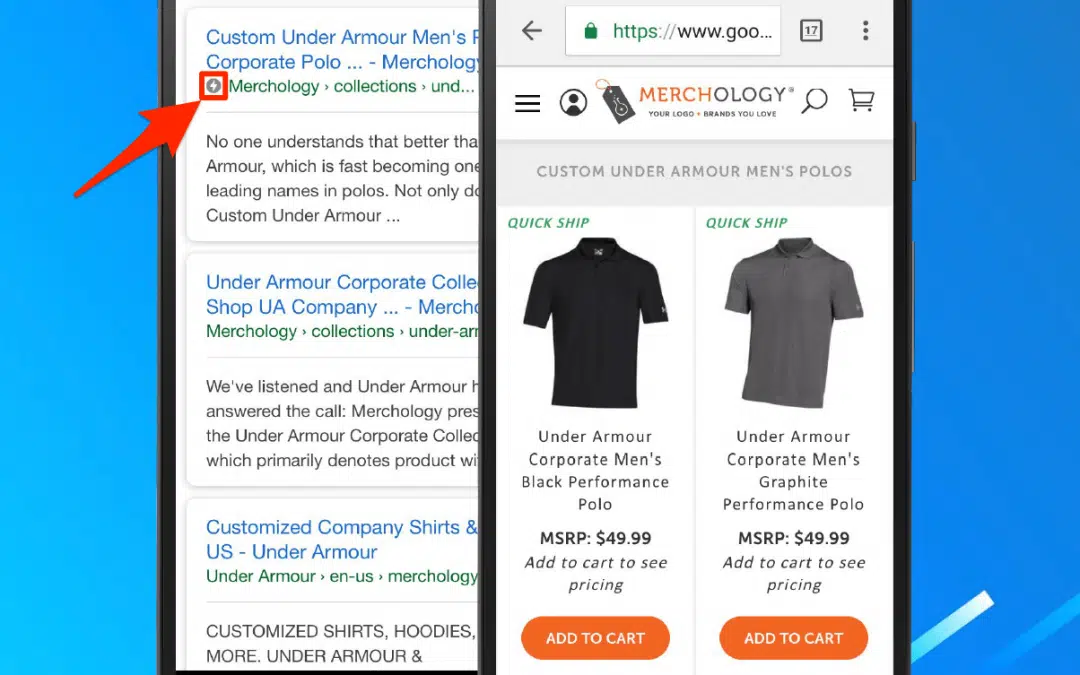Despite all the hype, it’s difficult to see why AMP pages are still so important. First, there were many issues with AMP pages. They didn’t support direct-sold ads, were buggy, and didn’t allow for advanced styling or third-party JS. Second, they didn’t support social sharing buttons or comments, and they resembled early blog posts. The stripped-down features weren’t exactly appealing to website owners.
AMP pages don’t support direct-sold ads
Google has been sued for anti-competitive practices relating to AMP pages, which make it difficult to sell ad space programmatically outside of its ad exchange. The lawsuit also alleges that Google delayed the loading time of non-AMP pages. Google disputes these claims as “false.” However, marketers must sort out how their brands will look to online consumers. Direct-sold ads are complex to implement and may not be seen on pages that are not optimized for mobile.
Google is also worried that more publishers will abandon AMP because of the monetization problems it creates. Google dominates online advertising, and its automated auctions generate more revenue for non-AMP pages. Many media executives say that non-AMP pages will generate up to 20% more ad revenue. While AMP may have many advantages over non-AMP pages, it is a burden to optimize and not SEO-friendly. As such, it is recommended that publishers partner with a development team to implement the necessary changes.
The biggest benefit of AMP is that it is fast and lightweight. Google prefers lightweight pages as they encourage users to visit their search engine. Publishers are also investing in Core Web Vitals, a website’s usability and speed. These metrics will become important ranking factors in 2021. So, the sooner publishers embrace AMP, the better. While it’s hard to predict the future of ad placement, they can take action now.
AMP HTML prioritizes efficiency over creativity
Although AMP has been around for a while, Google’s marketing campaign has been somewhat lackluster, and most webmasters were unwilling to adopt it. The program has been slow to catch on, and only 31 million domains have embraced it as of early last year. Even so, its benefits are clear: AMP will be much faster than a standard website, and it will save webmasters time and money.
AMP allows publishers to focus on content, not on server resources. It speeds up the page loading time, which increases user experience and improves rankings. With a faster loading time, users don’t have to wait for pages to load, which reduces bounce rates. In addition, AMP reduces the number of annoying ads and makes the user experience better. With AMP, publishers can get their content in front of more users and generate more revenue.
While AMP doesn’t eliminate the need for a high-quality design, it does improve the usability of images and banners. Increasing ad views strengthens the chances of monetization for content. However, publishers must sacrifice certain UX elements to adopt AMP pages. Also, AMP pages can only support one advertisement per page, have limited tracking facilities, and have a low loading time.
AMP HTML guarantees baseline performance characteristics
AMP HTML guarantees baseline performance characteristics for all web pages in 2022. Unlike the old HTML, it will not use new rendering engines, and it limits the collection of HTML tags to only those that are required for displaying a page. This means existing user agents will be able to display the page without glitches. AMP HTML is already part of the HTML language, so it is not possible for existing user agents to not display the page.
The AMP JS library uses the latest techniques for optimizing performance and ensuring a fast page load. It implements best practices for performance and makes external resources asynchronous and sandboxes iframes. This also means AMP HTML pages will not contain any author-written JavaScript. The AMP HTML code does not use CSS, which can block rendering and lead to page bloating. Instead, the page will only use inline styles, removing multiple HTTP requests from the critical rendering path.
In addition to being faster, AMP also ensures that pages will load instantly on mobile devices. It does this by applying design restrictions and using a clever trick to load the page before the user visits it. The format imposes strict design restrictions and allows only inline styles. CSS and JS are limited to 150KB, which helps ensure the page loads fast and does not crash. The result is a faster page, with more relevant content.
AMP pages have a spartan appearance
AMP pages have been around for three years, but the design has recently been changing. In 2017, AMP was used on 900K domains. In 2018, this number grew to 31 million, and in 2019 AMP will be used on more than 5 billion web pages. But critics still say that AMP is bad for the web and keeps users in Google’s sphere and diverts traffic away from other websites. As a result, Google is moving to an open governance model, and has been accused of increasing the load time of non-AMP pages. This is all part of an antitrust suit filed by 16 US states.
AMP pages were introduced to help mobile users see web content more quickly, and they were made to appear in Google’s Top News carousel. However, Google decided to discontinue this feature in June 2021, and will instead rely on Core Web Vitals for web pages. Although Google will no longer use AMP, news sites may still want to keep using it in the years to come.
AMP plugins have a spartan appearance. The plugin removes script tags from your theme, so front-end navigation may break. Furthermore, AMP may conflict with other components of your site that rely on JavaScript. Consequently, AMP can make your website less secure than it was before. But if your website is already fast, there’s no reason to use AMP.
AMP pages cost double the crawl for one piece of content
The AMP format strips out many of the design elements that make a page appealing to users. For example, images that convert users may not appear on AMP pages. However, internal links are crucial to the structure of the site, which will also boost your ranking in search engines. If your users are interested in other sources of information, internal links can lead them to other content and eventually convert them into paying customers.
AMP is widely adopted by publishers who have a lot of articles on their sites. However, it isn’t necessary for non-article pages. CDNs also include performance optimization features such as image hosting, lazy loading, and file caching, so AMP may not be necessary for all types of content. But if you’re looking to implement AMP, you’ll need to consider these factors before making the decision.
AMP is an open-source project sponsored by Google. While it was previously marked with a lightning bolt icon, Google removed the AMP icon from mobile search results. AMP pages load almost instantly, but that benefit comes at a price. AMP pages can only use inline style sheets and are limited in CSS and JavaScript. The AMP framework makes it easier for mobile users to view ads and banners. The faster your website loads, the more potential for conversion.
AMP pages have a buggy analytics connection
If you’ve noticed, AMP pages load much slower than standard web pages. There’s a good reason for this: AMP pages don’t allow third-party JS and are generally slower than standard web pages. They also lack the ability to add third-party social sharing buttons, navigation, or sidebars, and they look like early blog posts. This stripped-down look didn’t go over well with website owners.
The AMP project has made an effort to address this problem, including releasing a downloadable AMP plugin for web developers. However, the plugin’s bugs are still affecting the ability to connect to analytics. AMP pages aren’t optimized for 3G networks, which means that their analytics connection isn’t stable.
Although the name AMP used to be an icon that distinguished AMP pages, the Google AMP badge is no longer used. In May 2020, Google removed the AMP badge from its Top Stories carousel. AMP pages load faster because they have streamlined HTML code. These pages load faster because some elements are removed and others are replaced with custom AMP HTML tags. AMP pages are also discovered by search engines and other platforms.


Recent Comments